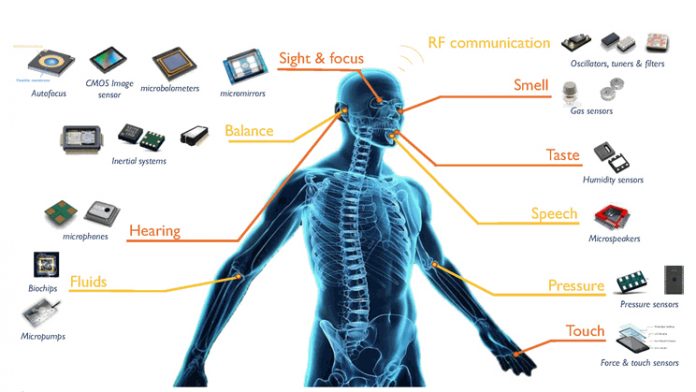Key Restraints to Market Growth
A few factors such as limited battery life, expensive initial costs, and privacy concerns may hamper their demand, eventually impacting the growth of the market.
In developing nations, sufficient consumer population is still not aware of the functionality of wearable electronics. Moreover, research observes low perception of the advantages offered by sophisticated wearable electronic devices.
Segmentation: Global Wearable Electronics Market
FMI’s research on the global wearable electronics market offers a five-year forecast, segmenting the market on the basis of product, component, application, technology, and geography.
According to the product, the market is segmented into eye wear, wrist wear, neck wear, head wear, footwear, and body wears. The products are further segmented as watches, bands, goggles, ties, collars, lenses, headsets, and head band.
Based on the component, the market is segmented into sensors, controllers, power supply units, networking components, displays, memory cards, and interface components.
On the basis of technology, the market is further segmented into computing technology and display technology. Display technology majorly includes networking technologies, positioning technologies, sensor technologies, and speech recognition technologies.
Based on the application, the wearable electronics market is segmented as consumer electronics, healthcare, industrial and business, training and development, and defence and military. The consumer electronics market is further segmented into lifestyle and fitness, sports, fashion, garments, and infotainment and multimedia. The lifestyle and fitness segment is estimated to account for the largest market share globally.
Based on the geographical region, the wearable electronics market is segmented into North America, Latin America, Asia Pacific, Japan, Western Europe, Eastern Europe, and Middle East and Africa. The current market scenario represents substantial market for wearable electronics in the U.S., Canada, Mexico, Japan, China, South Korea, India, the U.K., France, Germany, and the Middle East. While North America is leading the market, Asia Pacific is projected to witness strong growth by 2020 end. Driven by technological innovation and rapid adoption of advanced technology, the Americas are expected to retain their position of the top market during the forecast period.








